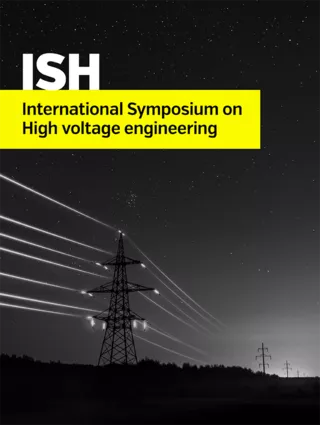Summary
Protective current transformers are an indispensable equipment in power system protection, mainly because it transforms the high currents on the transmission and distribution lines to suitable values for protective instruments, such as relays. Since it provides current information to the protection, the current transformer’s response can influence the proper functioning of power system protection. Therefore, it must be designed to operate under transient conditions. A common transient condition is the short circuit. The short circuit current consists of two components, a sinusoidal component and a DC component with exponential decay. Due to its asymmetrical behavior, the DC component might cause high levels of saturation in the current transformer’s core. Saturation can cause distortions in current transformer response and, as a result, misoperation of protective system. Another problem that can affect the protective current transformer is residual flux after overcurrent interruption. A residual flux can lead to more intense saturation levels when a new overcurrent occurs. In fact, there is a solution that can minimize the occurrence of saturation and lower the residual flux in ferromagnetic core. This idea refers to a development of a current transformer design introducing gaps in the core. Despite gapped current transformer has reduced saturation and residual flux, it also has some disadvantages. One of the disadvantages reported in the literature concerns to the mechanical fragility that gap might introduce to current transformer’s core. Although studies have mentioned the mechanical disadvantages of gapped current transformers, this topic is poorly explored. In order to initiate the investigation around the electromagnetic weakness of a current transformer, this research aims to verify the electromagnetic forces that occur in the gap borders of a gapped core current transformer under short circuit current condition. With that in mind, the differences of electromagnetic forces amplitude and their directions were evaluated for current transformers with the most common gap distributions found, such as 1, 2, 4 and 8 gaps. The electromagnetic forces were obtained using computational simulations based on the Finite Element Method. Based on the results, it was possible to verify the behavior of the electromagnetic forces acting on the air gap of a protective current transformer.
Additional informations
| Publication type | ISH Collection |
|---|---|
| Reference | ISH2017_396 |
| Publication year | |
| Publisher | ISH |
| File size | 623 KB |
| Pages number | 6 |
| Price for non member | Free |
| Price for member | Free |
Authors
E. COSTA, J. ARAUJO, F. ANDRADE, F. GUERRA




